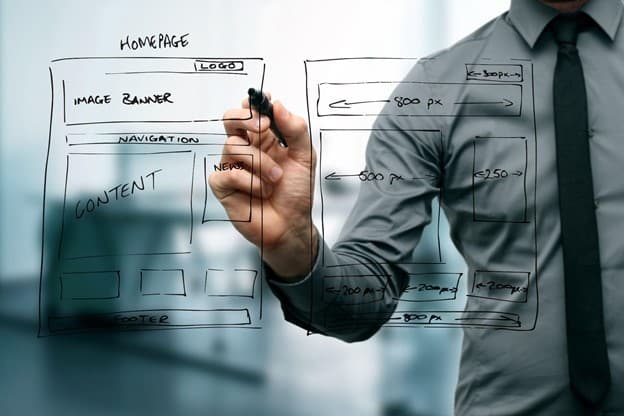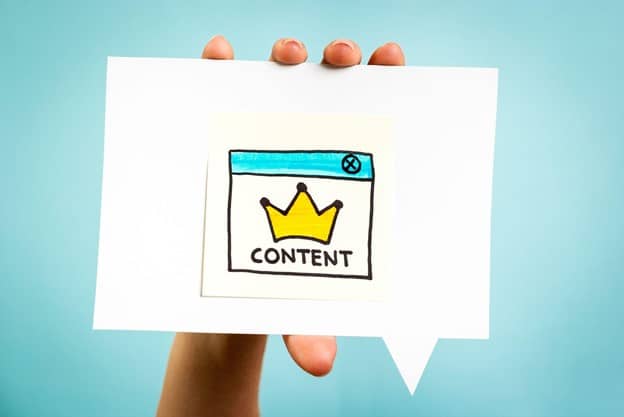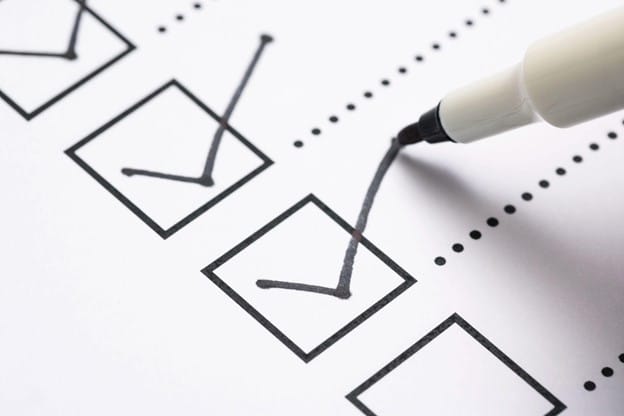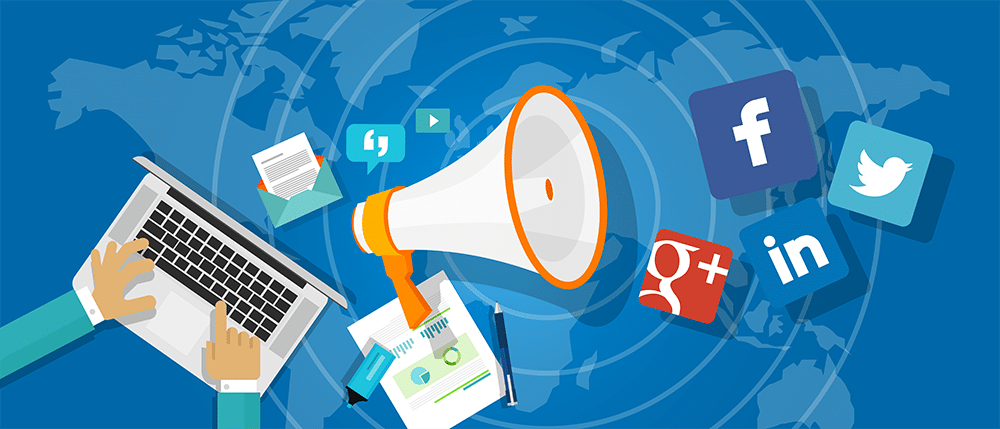The B2B industry has experienced a significant rise in recent years, with a 17.8% increase in sales in 2021 alone. This surge highlights the immense opportunities available for the sector.
As B2B businesses continue to thrive, focusing on marketing strategies that resonate with their target audience is crucial. Understanding user behavior is key, and the concept of micro-moments is becoming increasingly important in B2B marketing.
In this context, mastering micro-moments can help businesses gain a competitive edge and improve their ROI. Learn about this powerful tool and how it can be used to enhance marketing efforts in 2023.
What Are Micro-Moments?
Micro-moments are consumers’ brief, intent-driven interactions with digital devices throughout their day. These moments occur when a person turns to a device to learn something, do something, discover something, watch something, or buy something. They are critical touchpoints in a customer’s journey, where a consumer is looking for quick and relevant answers and expects businesses to anticipate their needs and provide immediate solutions.
Micro-moments can happen at any time and occur on any device, whether a smartphone, laptop, tablet, voice-assistant device, or smartwatch.
For example, when a marketing manager realizes they need to drive better qualified leads and an email automation app can help solve this problem, they’ll probably start by doing research online. This is a micromoment.
Understanding these moments and how they fit into the customer journey is essential for B2B businesses to deliver an effective marketing strategy.
The Importance of Micro-Moments in B2B Marketing
In today’s digital age, B2B buyers expect seamless and personalized experiences when interacting with brands. They may turn to a competitor if you’re not meeting their needs. That’s why mastering micro-moments is critical for B2B marketing success in 2023.
Why micro-moments are becoming increasingly important in B2B marketing
Micro-moments are becoming crucial in B2B marketing because they allow businesses to deliver the right message to the right customer at the right time. By leveraging micro-moments, B2B companies can create a positive brand experience and establish themselves as trusted partner.
Several B2B companies are successfully leveraging micro-moments in their marketing strategies. For example, General Electric created a series of 6-second videos that showcased their innovative technology solutions, providing quick and informative content that was easy to consume during micro-moments. As a result, their campaign generated millions of impressions and an increase in brand recall.
According to Google, 50% of B2B search queries are made on smartphones, and B2B buyers conduct an average of 12 searches before engaging with a specific brand. This figure highlights the importance of businesses being present and providing value during micro-moments to increase their chances of being discovered by potential buyers. By delivering relevant content and solutions during micro-moments, businesses can significantly improve their chances of converting leads into customers.
Understanding the Micro-Moments of B2B Buyers
Of course, one cannot successfully leverage micro-moments without first understanding their target audience. Therefore, B2B businesses need to get to know their customers’ buying journeys and identify which micro-moments are most important.
What are various micro-moments that B2B buyers go through?
B2B buyers go through several micro-moments during their decision-making process. These moments can be categorized into four main stages:
Awareness
During the Awareness stage, B2B buyers seek solutions to their pain points. These pain points can vary from industry to industry and may include challenges such as increasing efficiency, reducing costs, or improving customer satisfaction. B2B buyers may conduct online searches or browse through social media channels to find potential solutions.
Search engines like Google and Bing are often the first places B2B buyers turn to during the Awareness stage. In fact, the market share of Google is about 92.5%, and Bing at 5%.
They may enter keywords related to their pain points or specific products or services they seek. To capture the attention of potential buyers during this stage, businesses need to ensure that their website and content are optimized for search engines. This step includes using relevant keywords, providing informative content, and ensuring their website is mobile-friendly.
B2B buyers may also browse through social media channels such as LinkedIn or Twitter during the Awareness stage. Social media can allow businesses to showcase their expertise and thought leadership by sharing industry insights, case studies, and other informative content. By providing value to potential buyers during the Awareness stage, businesses can establish themselves as a trusted partner and build relationships with their target audience.
Consideration
In this stage, B2B buyers have identified potential solutions that can address their pain points. They are now researching in-depth to determine the best fit for their needs. This stage is critical because it is when B2B buyers start to narrow down their options and form preferences based on the information they gather.
B2B buyers may read reviews from customers who have used the product or service they are considering. Reviews can provide valuable insights into the benefits and drawbacks of a particular solution and can help buyers make an informed decision.
B2B buyers may also watch product demos or attend webinars to better understand how a particular product or service works. Demos and webinars can provide buyers with a first-hand look at the features and functionality of a solution and can help them determine whether it meets their needs.
In addition to reviews and demos, B2B buyers may compare different options. They may create a list of pros and cons for each solution or use a comparison tool to evaluate other products or services. By comparing options, B2B buyers can narrow their choices and determine which solutions best meet their needs.
To capture the attention of potential buyers during the Consideration stage, businesses must provide informative content that helps buyers evaluate their options. It includes case studies, whitepapers, and other thought leadership content showcasing their solutions’ benefits. By providing valuable information to potential buyers during the Consideration stage, businesses can establish themselves as industry experts and build trust with their target audience.
Decision
During the Decision stage, B2B buyers have narrowed down their options and are ready to make a purchase. At this stage, B2B buyers are looking for reassurance that they have made the right decision.
To ensure a smooth transition from the Consideration stage to the Decision stage, businesses need to provide clear and concise information about their products or services. This includes providing pricing information, product specifications, and other details that buyers need to make an informed decision. The types of content you may be able to leverage at this point would be:
- Free trials
- Product demos
- Free consultations/training
- Price comparisons (tables, reviews, etc)
- FAQs
- Testimonials
Especially for B2B customers, the most important factor when making a purchase is ROI. So the better you can show how this can provide good value, your content must align with that need.
By providing transparent information and addressing any concerns or objections, businesses can increase the likelihood of a successful sale.
Loyalty
The Loyalty stage is a critical stage in the B2B buyer journey. After making a purchase, B2B buyers continue to engage with the brand and build a relationship with the business. During this stage, businesses can focus on fostering customer loyalty and turning buyers into long-term customers and advocates.
B2B buyers who are satisfied with their purchase are more likely to become loyal customers and recommend the brand to others. To encourage loyalty, businesses need to provide exceptional customer service and support. This includes being responsive to customer inquiries and providing timely and effective solutions to any issues that arise.
In addition, businesses can leverage loyalty programs to incentivize repeat purchases and reward customers for their continued business. Businesses can use loyalty programs to gather information about customer behavior and preferences, which can be used to tailor their marketing and enhance the customer experience.
How to identify the micro-moments of B2B buyers?
To identify the micro-moments of B2B buyers, businesses need to conduct in-depth research to understand their target audience’s pain points and behaviors. It includes analyzing search data, conducting customer surveys, and monitoring social media channels.
Businesses can also leverage marketing automation tools to track their customers’ behavior and interactions with their brand, providing insights into the micro-moments where their customers need support or information.
Tips for Creating Content That Is More Engaging During Micro-Moments
Micro-moments offer B2B marketers an opportunity to create more engaging and relevant content that meets buyers’ needs at every stage of the journey. To make the most of these moments, businesses need to create informative, educational, and personalized content to the specific needs and pain points of their target audience. Here are some tips for creating content that is more engaging during micro-moments:
- Focus on the buyer’s journey: Businesses need to understand the micro-moments that buyers go through and create content that addresses their needs at each stage. It includes creating awareness-building content that educates buyers about the problem and potential solutions and consideration content that provides in-depth information about specific solutions.
- Personalize your content: Personalization is key to creating relevant and engaging content during micro-moments. Businesses can create personalized content that addresses their specific needs and pain points by using data and insights about the buyer. For example, personalized email campaigns or retargeting ads can be tailored to specific buyers based on their past behavior or interests.
- Leverage multimedia content: To make your content more engaging, consider using multimedia formats such as videos, infographics, or interactive tools. These more visually appealing formats can help buyers better understand complex topics or solutions.
- Use storytelling: Storytelling is a powerful tool for creating emotional connections with buyers and helping them see the value of a solution. By sharing real-world examples of how your solution has helped other businesses overcome similar challenges, you can create a sense of trust and credibility that can be very effective during micro-moments.
How to Leverage Micro-Moments in B2B Marketing?
Micro-moments can be powerful opportunities for B2B marketers to engage with their audience and provide valuable information and resources. To effectively leverage micro-moments in B2B marketing, businesses need to have a deep understanding of their target audience and needs and be able to provide relevant content and resources in real-time.
What are the strategies for capturing and leveraging data to understand audience intent and needs?
- Collect and analyze data: B2B marketers must collect and analyze data from various sources, including website analytics, social media, and email campaigns, to gain insights into buyer behavior and intent. This data can help businesses understand buyers’ micro-moments and create content that addresses their needs at each stage.
- Use personalization and automation: Personalization and automation can help companies to deliver the right content to the right person at the right time. By using data and insights about the buyer, businesses can create personalized content and automate the delivery of this content based on the buyer’s behavior and intent.
- Leverage mobile devices: With the increasing use of mobile devices, B2B marketers need to optimize their content and resources for mobile. This includes creating responsive websites, mobile-friendly emails, and mobile apps that provide relevant information and resources in real-time.
- Use real-time marketing: Real-time marketing involves delivering personalized and relevant content to buyers in real time. By using data and insights to understand buyer behavior and intent, businesses can provide relevant content and resources during micro-moments to engage buyers and move them closer to a purchase decision.
Tips for optimizing content for mobile devices
- Use responsive design: Responsive design ensures that your website and content are optimized for all devices, including mobile. It means your content will be easy to read and navigate on small screens, and images and videos will be optimized for fast loading times.
- Simplify navigation: Mobile users expect quick and easy access to information, so it’s essential to simplify navigation and make it easy to find what they’re looking for. Use clear and concise menus and labels, and avoid cluttering the screen with too much information.
- Use mobile-friendly formats: Use mobile-friendly formats such as short-form content, videos, and infographics that are easy to consume on mobile devices.
- Optimize load times: Mobile users expect fast-loading content, so optimize your content and images for fast loading times to avoid frustrating users and potentially losing their attention.
The Future of B2B Marketing in a World of Micro-Moments
In the world of B2B marketing, micro-moments are quickly becoming a crucial element in reaching and engaging with customers. As consumers become increasingly obsessed with quick access to information, B2B marketers must adapt their strategies to keep pace with the shifting demands of the marketplace.
Looking ahead, it is likely that the importance of micro-moments will only continue to grow. In the coming years, B2B marketers will place an even greater emphasis on creating content that is optimized for mobile devices, and that takes into account the specific micro-moments of their target audiences.
Additionally, advances in technology, such as artificial intelligence and machine learning, will provide B2B marketers with new tools for capturing and analyzing user behavior and intent data. Doing so will enable them to create more personalized and targeted campaigns that are designed to engage customers at precisely the right moments.
Strategies for Staying Ahead of the Curve and Adapting to the Changing Landscape
Staying ahead of the curve and adapting to the changing landscape of B2B marketing in the age of micro-moments requires a commitment to ongoing learning and experimentation. B2B marketers must embrace new technologies and strategies and constantly evaluate and optimize their campaigns to ensure maximum effectiveness.
One effective strategy for staying ahead of the curve is to invest in ongoing education and training. This might include attending industry conferences, participating in online training courses, or working with a mentor or coach to develop new skills and knowledge.
Another key approach is to embrace a culture of experimentation and testing. By continually testing and refining their campaigns, B2B marketers can gain valuable insights into what works and what doesn’t and can stay ahead of emerging trends and changes in consumer behavior.
Overall, the future of B2B marketing in a world of micro-moments will be defined by a relentless focus on delivering relevant and engaging content to customers whenever and wherever they are looking for it. By embracing the power of micro-moments, B2B marketers can position themselves for success in an increasingly fast-paced and competitive marketplace.




